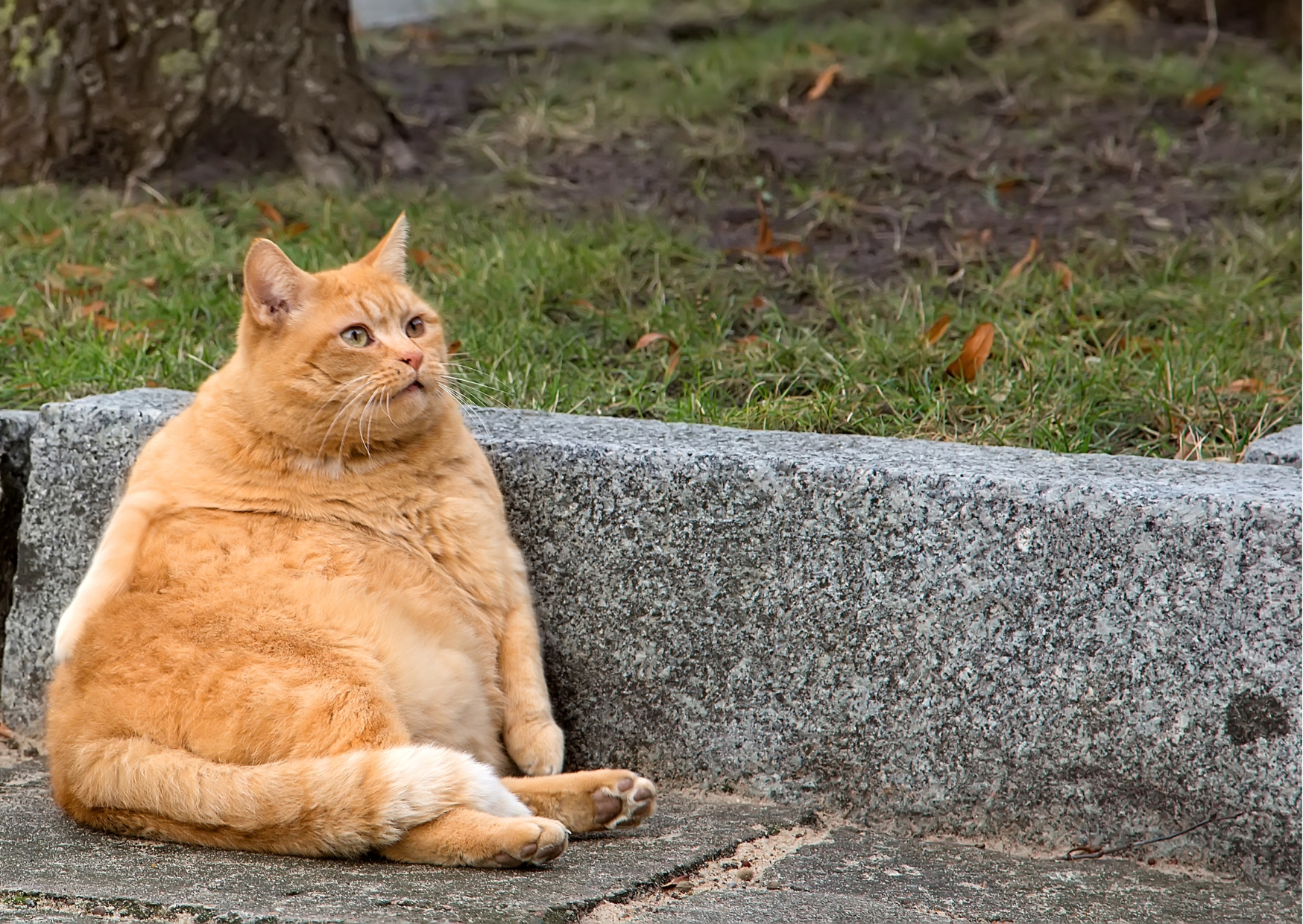Next working day delivery with Royal Mail Tracked 24
Diabetes in Cats | Symptoms and Treatment

Diabetes in Cats | Symptoms and Treatment
Diabetes in cats is a condition where the body can’t use glucose (sugar) from food as fuel, usually because of insulin resistance. The most common cause of diabetes in cats is being overweight. Symptoms include drinking and peeing more. Diabetes is diagnosed with blood and urine tests and is treated with insulin injections and diet control.
Diabetes in cats is a condition where their body struggles to regulate blood sugar levels due to insufficient insulin production or improper response to insulin. Most cats develop a form of diabetes similar to type 2 diabetes in humans.
Risk Factors
Cats at higher risk include:
- Obese cats
- Middle-aged or older cats
- Certain breeds like Burmese and Norwegian Forest Cats
Diagnosis and Treatment
Diagnosis involves blood and urine tests to check glucose levels. Treatment typically includes:
- Insulin injections
- A carefully managed diet
- Weight management
If caught early, some cats can go into remission and no longer need insulin.
Factors Linked to Diabetes
Diabetes in cats can result from several factors, including:
- Obesity: Excess weight is a leading cause, as it can lead to insulin resistance
- Genetics: Certain breeds, like Burmese cats, are more predisposed to diabetes
- Age: Older cats are at higher risk due to reduced efficiency in insulin production
- Diet: High-carbohydrate diets can contribute to the development of diabetes
- Inactivity: Sedentary lifestyles increase the risk
- Other Health Conditions: Issues like pancreatitis or hyperthyroidism can elevate the risk
- Medications: Long-term use of steroids may also play a role
Symptoms
The common symptoms of diabetes in cats include:
- Increased thirst (polydipsia): Your cat may drink water more frequently
- Increased urination (polyuria): You'll notice more trips to the litter box or larger clumps of urine
- Increased appetite (polyphagia): Despite eating more, they might still lose weight
- Weight loss: Even with an unchanged or increased appetite, they may shed pounds
- Lethargy: A lack of energy or seeming unwell
- Poor coat condition: Their fur may appear less shiny or become unkempt
- Weakness: Especially in the hind legs, sometimes resulting in a flat-footed stance (plantigrade posture)
If you think your cat is showing any of these symptoms, we recommend contacting a veterinarian as soon as possible. Early diagnosis and treatment can significantly improve quality of life.
Article excerpt from BBC News
One of the big risk factors for cats getting diabetes is obesity.
The charity Cats Protection in Thatcham, Berkshire, has seen an increase in obese cats since the Covid-19 pandemic.
"I suppose that's because people were home with their cats a lot more, probably giving tit bits and maybe giving them an extra meal," said Elle Hatam, a veterinary nurse for the charity.
"We did find there was definitely a link there with cats becoming more overweight.
"Although there are no studies at the moment, it's probably likely that more cats are getting diabetes because more cats are overweight."
The charity urged anyone concerned about their cat's health to get them checked out because if diabetes is left it can be fatal in cats.
Ms Hatam said: "We want to raise awareness because a lot of people don't think cats can get diabetes.
"Even though there's no cure for diabetes; with early aggressive treatment we have seen cats go into remission.
"Remission means they can stabilise glucose themselves, but you need to be mindful and monitor them, because they may need insulin or medicine again."
To browse our range of healthcare products for cats please click here.
To browse our range of pet food for cats please click here.
Contributor Credits: BBC News article 10 April 2025
Photo credit(s): Canva Pro Licence


